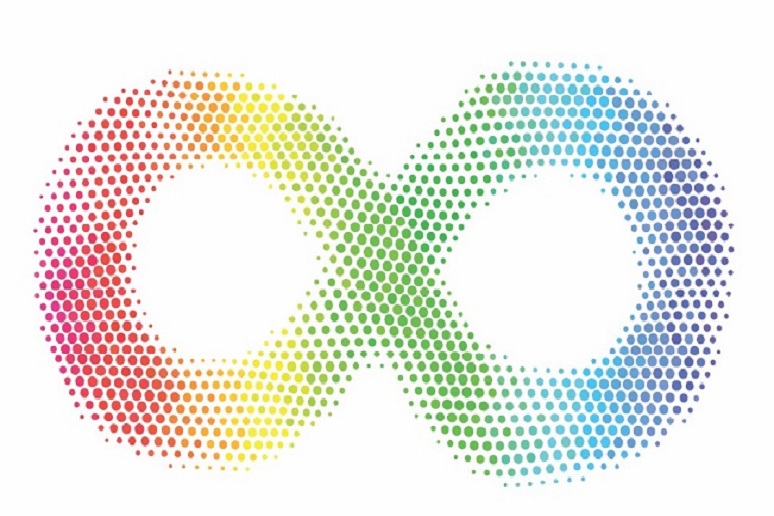Earlier this month on our sister site,
WorkSpace Connect, we published the sixth and final article in a series on mindfulness in the workplace. The series, written by
Kay Sargent, senior principal & director of workplace at global architectural firm HOK, builds on her premise that “people are the chief currency and greatest asset of any business,” so keeping the workforce productive, engaged, and empowered is vital.
“We are duty bound not only to address mental health and well-being in the workplace, but also to go beyond that to create physical environments that enable mindfulness,” Sargent wrote in her opening to the series: “
Mindful Places: Doing Away with Distractions by Design.”
The way we think about physical office space has changed considerably since Sargent made that statement, back in February, before working from home became the norm, but the difficulty people have in focusing, concentrating, and thinking at work are still very much with us. Noisy surroundings, the constant pinging of technology, and other distractions can be as much or sometimes more of a problem when working from home as when working from an office.
In that opening piece, Sargent provided a variety of suggestions on how to decrease distraction at work, many of which apply wherever we work. These include: Decrease clutter on work surfaces, use headsets to tune out background noise, use white noise to muffle noise, turn off email and text message alerts and instead set aside 10 minutes of every hour to check.
This latter topic is particularly worth your read, given today’s social climate and growing focus on corporate diversity and inclusion initiatives. As Sargent noted, “… the prevalence of neurological conditions remains one of the greatest threats to public health.”
As companies plan for re-occupancy, they would do well to keep this in mind. When considering mental health and neurodiversity, making employees feel safe requires more than installing temperature sensors, creating distance between desks, and limiting the number of people allowed in a meeting room. Companies must create a workplace culture and environment that “acknowledges their differences in a positive way, accepts them, and allows them to thrive,” Sargent wrote.
As a workplace architect, Sargent understands the impact office design can have on quality of life. “We have an opportunity to influence the physical and the cultural adaptations required to make workplaces more inclusive, healthier, and mindful,” she wrote. “By providing people with an ecosystem of settings where they have some control and choice over where they work, we can enable people to find the right setting for the task at hand.”
Increasingly, that setting is a home office.
If you're working to create more diverse, inclusive workplaces, we'd love to hear from you. Please share in the comments section below or email us.










